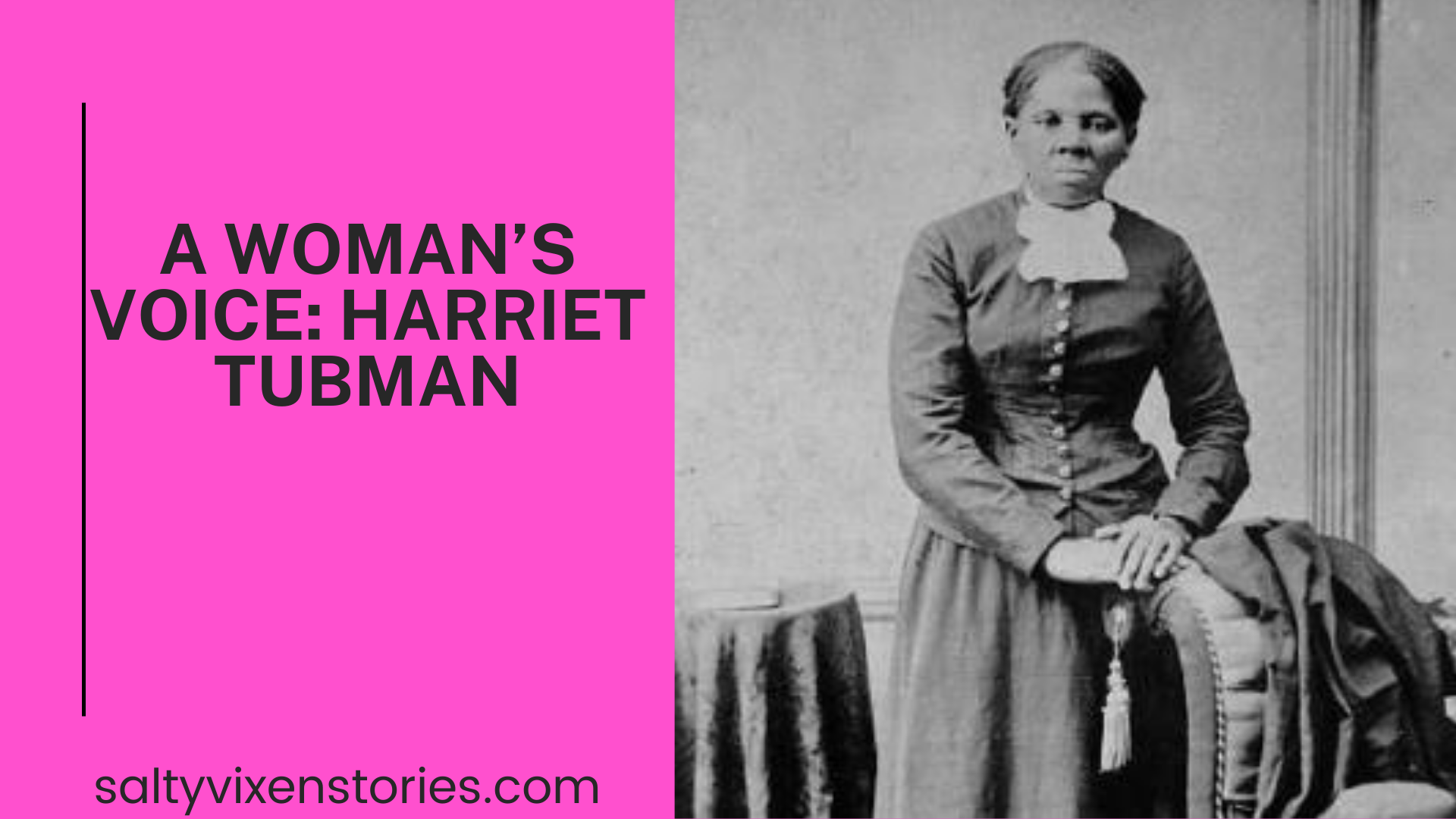|
Harriet Tubman Biography: From Slavery to Freedom: 1: Life in Slavery | 2: Underground Railroad Conductor, Abolitionist, Women's Rights | 3: Civil War Service: Nurse, Scout, Spy | 4: Later Years of Activism and Reform |
While Harriet Tubman (1820-1913) remains one of history's best-known African Americans, until recently there have been few biographies of her written for adults. Because her life is inspiring, there are appropriately many children's stories about Tubman, but these tend to stress her early life, her own escape from slavery, and her work with the Underground Railroad. Less well known and neglected by many historians are her Civil War service and her activities in the nearly 50 years she lived after the Civil War ended. In this article, you'll find details about Harriet Tubman's life in slavery and her work as a conductor on the Underground Railroad, but you'll also find information about Tubman's later and less-known work and life.
Life in Slavery
Harriet Tubman was born into slavery in Dorchester County on the Eastern shore of Maryland, in 1820 or 1821, on the plantation of Edward Brodas or Brodess. Her birth name was Araminta, and she was called Minty until she changed her name to Harriet - after her mother - in her early teen years. Her parents, Benjamin Ross and Harriet Green, were enslaved Ashanti Africans who had eleven children, and saw many of the older children sold into the Deep South.
At five years old, Araminta was "rented" to neighbors to do housework. She was never very good at household chores, and was beaten regularly by her owners and those who "rented" her. She was, of course, not educated to read or write. She eventually was assigned work as a field hand, which she preferred to household work. Although she was a small woman, she was strong, and her time working in the fields probably contributed to her strength.
At age fifteen she sustained a head injury, when she deliberately blocked the path of the overseer pursuing an uncooperative fellow slave, and was hit by the heavy weight the overseer tried to fling at the other slave. Harriet, who probably sustained a severe concussion, was ill for a long time following this injury, and never fully recovered. She had periodic "sleeping fits" which, in the early years after her injury, made her less attractive as a slave to others who wanted her services.
When the old master died, the son who inherited the slaves was able to hire Harriet out to a lumber merchant, where her work was appreciated and where she was allowed to keep some money she earned from extra work.
In 1844 or 1845, Harriet married John Tubman, a free black. The marriage was apparently not a good match, from the beginning.
Shortly after her marriage, Harriet hired a lawyer to investigate her own legal history, and discovered that her mother had been freed on a technicality on the death of a former owner. But her lawyer advised Harriet that a court would be unlikely to hear the case, so Tubman dropped it. But knowing that she should have been born free - not a slave - caused her to contemplate freedom and resent her situation.
In 1849, several events came together to motivate Harriet Tubman to act. She heard that two of her brothers were about to be sold to the Deep South. And her husband threatened to sell her South, too. She tried to persuade her brothers to escape with her, but ended up leaving alone, making her way to Philadelphia, and freedom.
|
Harriet Tubman Biography: From Slavery to Freedom: 1: Life in Slavery | 2: Underground Railroad Conductor, Abolitionist, Women's Rights | 3: Civil War Service: Nurse, Scout, Spy | 4: Later Years of Activism and Reform |




















